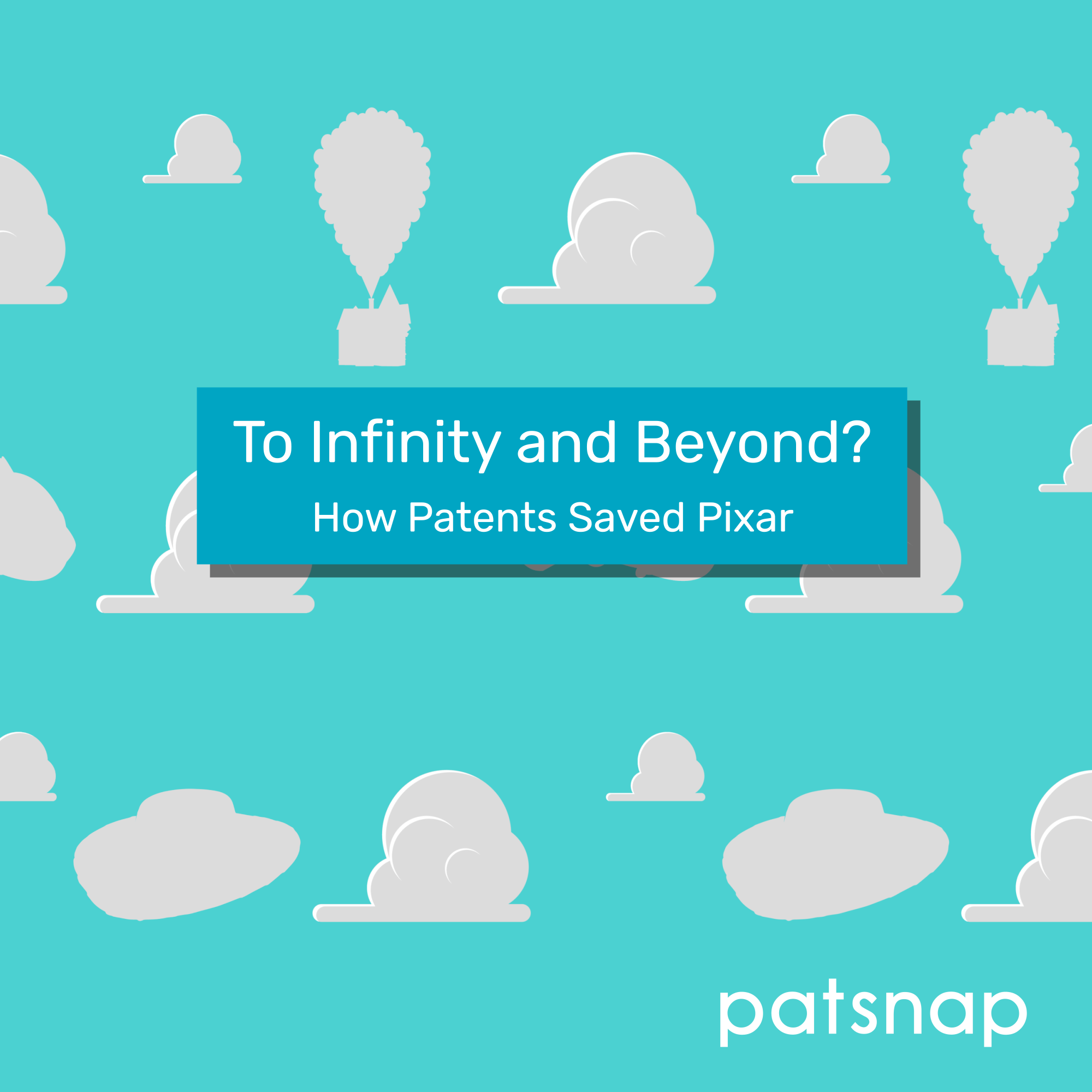To Infinity & Beyond: How Patents Saved Toy Story and Inspired the Next Generation of Filmmaking

In honor of World IP Day, here is the little-known story of how patents helped save Toy Story.
On World Intellectual Property Day, it is easy to focus on how intellectual property (IP) is a powerful tool for scientists discovering cures for deadly illnesses, or inventors creating ever-smaller and more powerful computer chips. There’s a multi-dimensional nature to IP: a legal construct that gives proprietary claim on key innovations, that is often leveraged as a business asset. IP is an intangible asset class which can be used to create tangible commercial value. Just as important, however, is the starring role of IP in helping artists create magic. A perfect illustration of how IP can be a catalyst for storytelling comes from the early days of one the greatest storytellers of our time, Pixar.
You’ve Got a Friend in IP
Nearly 30 years ago, the world was introduced to the first-ever computer animated movie, Toy Story. The film captured the hearts and imaginations of people of all ages and carved a new path for the future of filmmaking, computer animation, and patent technology. But what do the computer animated movies have in common with building a patent licensing strategy? A lot, from a financial perspective. You could say they go together like Woody and Buzz: great on their own, but unstoppable together. And what some people may not know is that without patents, Toy Story may not have ever existed.
In the late 1980’s before becoming an animation studio, Pixar sold animation hardware, initially called the Pixar Image Computer. Pixar also created CAPS (the Computer Animation Production System) for Disney; this kept Pixar and Disney close – a major source of income for Pixar. Each Disney cel animation produced during the years following was executed using this system, having first been used for one scene in The Little Mermaid in 1989, according to Ed Catmull in his 2014 book “Creativity Inc.: Overcoming the Unseen Forces That Stand in the Way of True Inspiration.” Pixar’s crowning jewel, however, was RenderMan, a revolutionary piece of software that became industry standard and is still used today. Most notably, it was Pixar’s patents related to RenderMan that may have been a saving-grace for Toy Story.

In his 2016 book “To Pixar and Beyond: My Unlikely Journey with Steve Jobs to Make Entertainment History,” Lawrence Levy recounts receiving a call in 1994 from none other than Steve Jobs, chair of Pixar Studios at the time, asking for financial help. Pixar was bleeding cash and Levy was recruited to help solve this problem – without spoiling the creative culture. Within its various departments Pixar had developed many valuable patents. Jobs thought the company should sue every violator for a sum of $50 million, but Levy suggested they license the technology instead.
They successfully received more than $13 million in emergency cash from licensing deals with Microsoft and Silicon Graphics, who they determined were infringing their patents for their graphical imaging software, RenderMan. According to Levy, they could have sued, but what Pixar really needed was a quick infusion of cash so they could finish producing Toy Story.
In 1995, Toy Story took box offices across the world by storm, grossing $30 million its opening weekend and setting a new standard of creativity and innovation unlike any film before it.
Ultimately, had it not been for patents and a sound patent licensing strategy that allowed Pixar to quickly unlock the commercial value of their patents, Toy Story and Pixar may not have survived. By licensing the RenderMan patents to gain a quick cash infusion, Pixar was able to continue developing Toy Story and changed the trajectory of the animation industry – an industry that is worth a whopping $15.34 billion dollars today.
What’s more, Pixar successfully released the first completely computer-animated feature film, paving the way for the future of animation and inspiring the next generation of innovative and creative filmmaking.
IP and The Arts
This story teaches a valuable lesson – that IP can help make dreams come true. From fine art to pop music and comic books, artists and the technology wizards that work with them are an endless fountain of valuable IP, that can in turn be used strategically to provide the financial resources to bring creative visions to life.